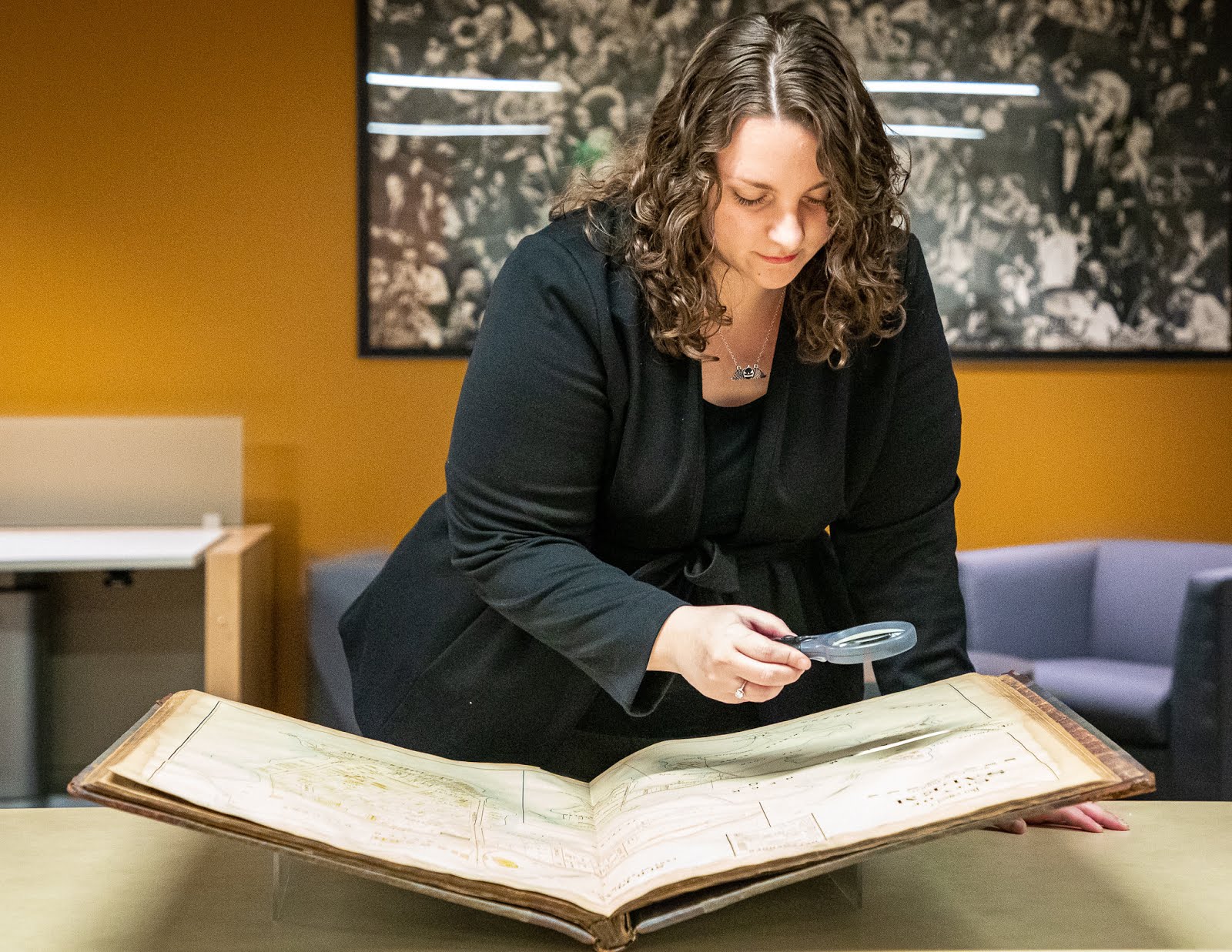 |
| Christmas in Salem, 2017 |
The residents of Chestnut Street have a long tradition of opening their stately
homes to curious guests hoping to immerse themselves in the pageantry of “Old
Salem.” The first event, “Early Days on Chestnut Street,” was held in the
summer of 1926, in celebration of Salem’s tercentenary. The grand boulevard was
re-imagined as its nineteenth-century self and residents were encouraged to recreate
the “Great Shipping Era.” Many donned period-appropriate garb and took the
opportunity to display their family heirlooms and mariners’ spoils from the Far
East. Strolling musicians, old-fashioned dances, and carriage rides were all
part of the day’s events, reminiscent of the street’s early-nineteenth-century splendor.
Chestnut Street was constructed between 1796 and 1805 on farmland previously belonging to the Pickering and Neal families. The eighty-foot-wide thoroughfare became a haven for wealthy mariners and their families, seeking peace from the bustling waterfront of Derby Street. During the first thirty years of the nineteenth century, substantial and mansion-class homes were built on Chestnut Street, predominantly in the Federal style. Although the facades of these homes were uniquely American, their interiors reflected the Eastern influence of their cosmopolitan owners. Homes featured luxuries such as hand-painted wallpaper imported from China, exotic spices, porcelain, and fine silks.
In the second half of the nineteenth century, Asian Influence began to appear on many of the home’s exteriors. Earlier buildings were often modified by new owners or younger generations looking to keep up with the latest fashions. Overlapping ovals, fan designs, and complex geometric motifs can be seen throughout Chestnut Street, appearing in glasswork, door frames, fences, and balustrades. These additions were directly inspired by Eastern design and create the unique ornamentation that is still visible today.
Chestnut Street’s crowning jewel, Hamilton Hall, is considered one of the finest Federal buildings in America. Completed in 1807 by Salem architect Samuel McIntire, the Hall served as a meeting house and function space for Chestnut Street’s maritime elite. The Hall has welcomed notables such as the Marquis de Lafayette, held lectures on international affairs, and served as the headquarters for well-known entrepreneur and abolitionist, John Remond’s catering business.
As Salem’s maritime industry waned and the city shifted to industrialism, Chestnut Street became forever linked to the memory of “Old Salem.” For over a century, the street has been immortalized in postcards, paintings, and even films, acclaimed as “the most beautiful street in America.”
Chestnut Street was constructed between 1796 and 1805 on farmland previously belonging to the Pickering and Neal families. The eighty-foot-wide thoroughfare became a haven for wealthy mariners and their families, seeking peace from the bustling waterfront of Derby Street. During the first thirty years of the nineteenth century, substantial and mansion-class homes were built on Chestnut Street, predominantly in the Federal style. Although the facades of these homes were uniquely American, their interiors reflected the Eastern influence of their cosmopolitan owners. Homes featured luxuries such as hand-painted wallpaper imported from China, exotic spices, porcelain, and fine silks.
In the second half of the nineteenth century, Asian Influence began to appear on many of the home’s exteriors. Earlier buildings were often modified by new owners or younger generations looking to keep up with the latest fashions. Overlapping ovals, fan designs, and complex geometric motifs can be seen throughout Chestnut Street, appearing in glasswork, door frames, fences, and balustrades. These additions were directly inspired by Eastern design and create the unique ornamentation that is still visible today.
Chestnut Street’s crowning jewel, Hamilton Hall, is considered one of the finest Federal buildings in America. Completed in 1807 by Salem architect Samuel McIntire, the Hall served as a meeting house and function space for Chestnut Street’s maritime elite. The Hall has welcomed notables such as the Marquis de Lafayette, held lectures on international affairs, and served as the headquarters for well-known entrepreneur and abolitionist, John Remond’s catering business.
As Salem’s maritime industry waned and the city shifted to industrialism, Chestnut Street became forever linked to the memory of “Old Salem.” For over a century, the street has been immortalized in postcards, paintings, and even films, acclaimed as “the most beautiful street in America.”
* This article was written and researched by Jen Ratliff for publication by Christmas in Salem, Historic Salem Inc.

























Social Icons